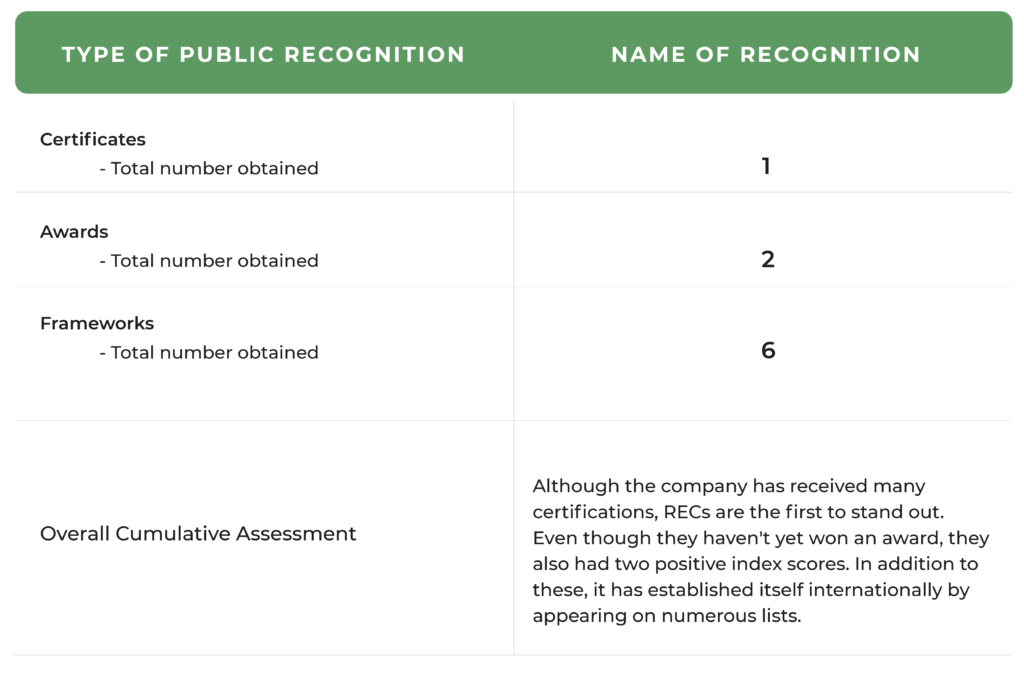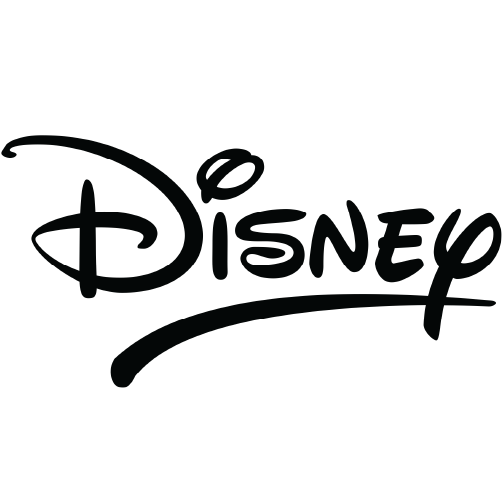
RATING

Positive
SECTOR
Media entertainment industry
Chief Sustainability Officer
Stock Exchange and Ticker
NYSE: DIS
Website
Contact
T: 1-855-553-4763
E.mail: Disneyshareholder@computershare.com
Listing
- #195 Best Employers for Women (2022)
- #24 Canada’s Best Employers For Diversity (2022)
- #223 Best Employers for New Grads (2022)
- #94 Global 2000 (2022)
- #166 Best Employers for Diversity (2022)
- #273 America’s Best Large Employers (2022)
- #22 The Halo 100 (2022)
- #181 Best Employers for Veterans (2021)
- #184 World’s Best Employers (2021)
Awards
- CDP,Climate Change – B
- Sustainalytics, ESG Risk rating (Low Risk)
Revenue
$81.106B
Market Capitalisation
$197.35B
Employees
190,000 (2021)
Content source
- Contact Us – The Walt Disney Company
- https://www.forbes.com/companies/walt-disney/?sh=6a1e8e157307
- https://www.macrotrends.net/stocks/charts/DIS/disney/number-of-employees#:~:text=Interactive%20chart%20of%20Disney%20(DIS,a%208.97%25%20decline%20from%202019)
- The Walt Disney Company Reports Third Quarter and Nine Months Earnings for Fiscal 2022
- 168 Reviews: What Is It Like to Work At Disney Consumer Products? | Glassdoor
Disney Sustainability Report
Evaluation of Disney
The Report describes very clearly the company’s initiatives to promote diversity, equity, and inclusion; support environmental sustainability by taking steps to safeguard the environment; and inspire, and uplift local communities via charity contributions.
The report also emphasises Disney’s dedication to operating ethically and to putting its employees and cast members first. They take place in many listings and they have good index scores.
Lastly, The Disney Conservation Fund has given more than $1.5 million to water conservation charities. Disney is also cutting the amount of plastic in its hotel rooms and on its cruise ships by over 80%.
The goal of Disney’s 20th Century Studios was to make the movie as sustainably as possible and it plans to utilise exclusively power generated from renewable sources. In conclusion, it is clear from their development that they are making progress toward becoming a fully sustainable company, but based on current findings the company is rated a C with a Positive outlook.
Sustainability Scorecard
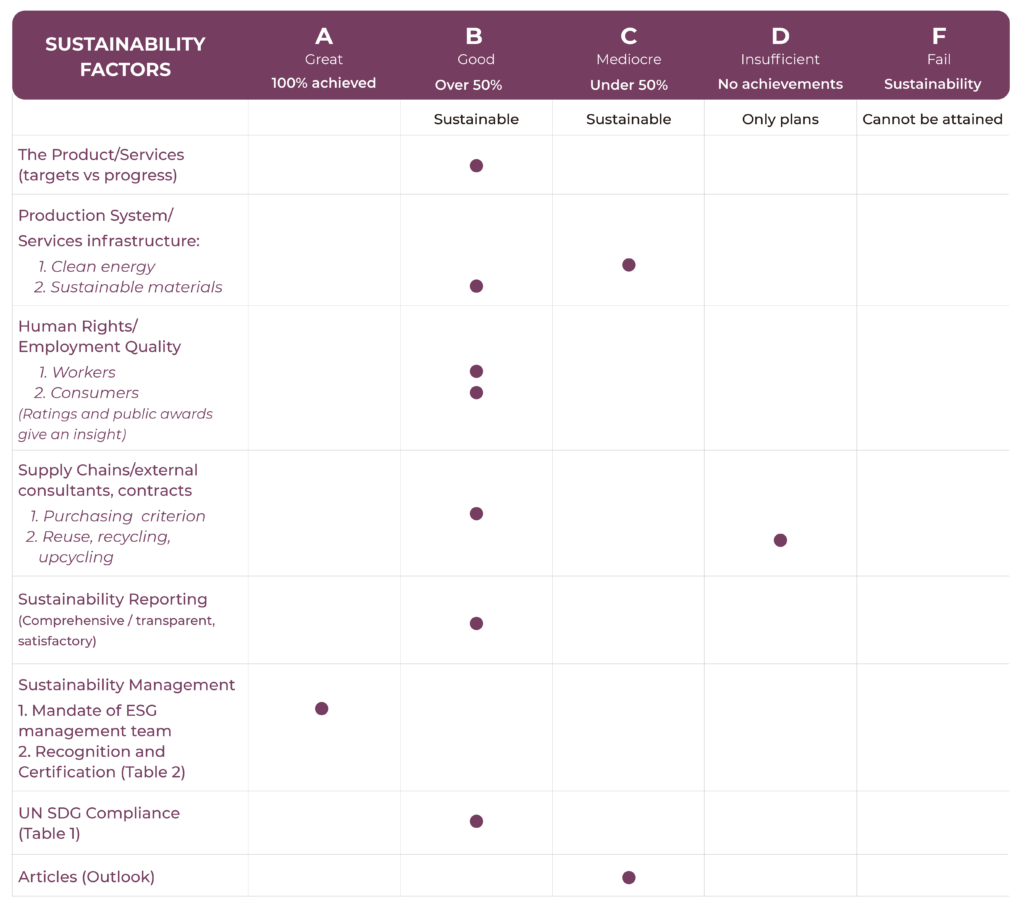
Disney Company Activity
The Walt Disney Co. is a media and family entertainment company with a global reach. Media Networks, Parks, Experiences and Products, Studio Entertainment, Direct-to-Consumer and International are its operating segments (DTCI). Television production and distribution companies, domestic television stations, radio networks, and cable and broadcast television networks are all included in the Media Networks category. The Walt Disney World Resort in Florida, the Disneyland Resort in California, Aulani, a Disney Resort & Spa in Hawaii, the Disney Vacation Club, the Disney Cruise Line, and Adventures by Disney are all owned and operated by the Parks, Experiences and Products sector. Live-action and animated feature movies, direct-to-video material, musical records, and live stage plays are all produced and acquired by the Studio Entertainment sector. Among the film distribution companies represented in this area are Walt Disney Pictures, Pixar, Marvel, Lucasfilm, and Touchstone. The DTCI division grants licenses to a variety of manufacturers, game developers, publishers, and retailers across the world for the use of the company’s trade names, characters, and visual and literary assets. Additionally, it creates and releases books, periodicals, and comic books in addition to games, particularly on mobile devices. Additionally, this category directly distributes branded goods through wholesale, internet, and retail companies. On October 16, 1923, Walter Elias Disney established The Walt Disney, which has its main office in Burbank, California.
Disney Sustainability Activity - As per company declarations
Disney has been operating with the long-term goal of achieving net zero greenhouse gas emissions since 2009. When it is feasible, they are reducing their emissions first through avoided emissions and then by other means, such as investing in the development of low-carbon fuels and running their activities on carbon-free electricity. Any emissions still left over will be offset by investments in high-quality, independently certified emissions reductions (carbon credits) from global initiatives that support better land management, reforestation, and the preservation and restoration of natural ecosystems. They are dedicated to lowering their Scope 3 emissions, or those generated during the manufacture and distribution of their goods and services in addition to their direct activities. By the end of 2022, they want to establish a reduction target for The Walt Disney Company’s Scope 3 emissions footprint that is based on research.
Their efforts in people acquisition, retention, and development are focused on building a solid, varied, and vibrant staff. Disney uses a variety of strategies to find and attract talented people from different backgrounds, such as inclusive and accessible language in job descriptions, diverse candidate slates, interview panels, and marketing positions on platforms that cater to underserved demographics. They are dedicated to openness regarding their diversity, equality, and inclusion measures, including the presence of women and people of color at various levels in their workforce, and they are working to ensure that their staff matches their target consumers.
They concentrate their philanthropic giving on initiatives that support attempts to build a world of hope, a world of balance, and a world of belonging. To that aim, they focus their charitable giving on expanding access and opportunities for the next generation of storytellers, safeguarding the earth for both humans and wildlife, and providing support and joy to communities in need as well as families with very sick children. Their goal is to allocate more than half of their yearly philanthropic donations to initiatives that aid underserved areas via all they do.
Certificate & Labels, Standards and Frameworks
- Sustainability Accounting Standards Board (SASB)
- Global Reporting Initiative (GRI)
- Task-force on Climate-related Disclosures (TFCD)
- Women’s Business Enterprise National Council (WBENC)
- National Minority Supplier Development Council (NMSDC)
- National LGBT Chamber of Commerce (NGLCC)
- Renewable Energy Certificates (RECs)
Disney in the news: Press Reviews and Social Media
Environmental Sustainability| The Walt Disney Company |CSR Strategy – Part 2
Disney is working to meet its goal of zero emissions. The most notable one is the use of geothermal energy to power the resorts and theme parks that are on-site. Solar energy is used by the Disney Cruise Line to heat water for its personnel on Castaway Cay in the Bahamas. The other stage to achieving this aim is fuel innovation. On its ships, Disney Cruise Line employs cutting-edge hull coating. The Disney Conservation Fund has given non-profit groups that promote water conservation initiatives more than $1.5 million. Disney is also cutting the amount of plastic in its hotel rooms and on its cruise ships by over 80%. For its paper goods, textiles, or plastics used in its branded products and packaging, it is also focused on utilizing only content that is 100% recycled or that comes from sources that are recognized as sustainable. The goal of Disney’s 20th Century Studios was to make the movie as sustainably as possible. The cast and crew made a commitment to cutting waste, recycling old materials, putting responsible food service first, and embracing renewable energy from the very beginning of production. Through these measures, the project was able to keep more than 82% of its trash out of landfills, saving both money and carbon.
10 Things Disney Does To Be Environmentally Sustainable – DVC Shop
The following are 10 actions taken by Disney at Walt Disney World Resort to promote environmental sustainability, as listed in the Walt Disney Company’s 2021 Corporate Social Responsibility Report:
- Edison-style LED lights have been put in the parks to cut energy use in addition to the Mickey-shaped solar panel system that currently powers Walt Disney World Resort.
- In parking lots of the Magic Kingdom park, Epcot, Disney’s Animal Kingdom theme park, and Disney Springs, EV charging stations have been erected for visitors and workers of Walt Disney World.
- To save the woods in Northern California, the firm and The Conservation Fund started working together in 2009.
- Rebuilding depleted fish supplies and minimizing the negative effects of fishing and fish farming on the environment and society are goals shared by Walt Disney World and Sustainable Fisheries.
- In order to choose both wild and farmed fish for the menus at Walt Disney World Parks, Walt Disney has teamed with the Monterey Bay Aquarium. Disney chefs strive to provide the tastiest sustainable fish dinners possible.
- By collecting food waste, giving food and products, sorting and reusing materials, lowering the use of single-use and other plastics, and recycling, they strive to promote responsible consumption and production.
- In a composting facility, organic waste from Walt Disney World is turned into a nutrient-rich soil product that is utilized to feed the plants there.
- At Walt Disney World Resort, single-use plastic straws and stirrers are no longer offered.
- Cast members working in the food and beverage departments at Walt Disney World are now donning brand-new aprons made entirely of recycled plastic bottles.
Leading American corporations are supporting organizations that oppose historic climate legislation. Chuck Schumer, the leader of the senate, has referred to the bill as the “most important climate action in our country’s history.” Within ten years, Microsoft has pledged to become “carbon negative,” and within the same time period, Disney plans to utilize exclusively power generated from renewable sources. To stop the law from being passed, the US Chamber of Commerce has promised to “do all we can.” Executives from Microsoft, Intuit, United Airlines, and Deloitte are represented on its board. Another lobbying organization called the Rate Coalition, which counts Disney, FedEx, and Verizon among its members, is preparing a massive advertising campaign to support the legislation’s demise. The bill would establish a system to phase out emissions from the US electricity system, provide payments to prop up carbon-free nuclear energy and support the adoption of electric vehicles. As the first major attempt at climate legislation in more than a decade, the bill comes at a time when scientists warn the world is rapidly running out of time to avoid catastrophic climate change.
Disney’s reputation for inclusivity and tolerance is under scrutiny – as are its deep ties to the political establishment and the lack of LGBTQ representation in its films and Dinsey employees took it to the streets.
Disney’s 27 Biggest Controversies
Discover Walt Disney Company’s biggest controversies.
Highlights from Disney Sustainability Report
Achievements
- Increased Board Oversight By formalising oversight of ESG and specific ESG priority issues
- Started reporting on renewable energy use
- 46% of Employees Self-identify as people of color in the U.S.
- 50% of Employees Self-identify as women globally
- HBCU Engagement Deepened through Disney on the Yard launch
- Inclusion Standards Introduced to drive representation in front of and behind the camera
- Solar Arrays Installed On Castaway Cay and at Hong Kong Disneyland
- New Solar Announced Including two new 75MW facilities in Florida, expected in 2023
- Plastic-free Packaging Introduced for the line of classic dolls
- 61% or 80,000+ Tons Of total Company operational waste diverted from landfill
- Sustainable Seafood Made up 95% of seafood served in U.S. parks, resorts, and cruise line
- $120M+ Invested In community conservation efforts since 1995
- $290M+ Charitable Giving Total in FY21, including $150M+ directed to underrepresented communities
- 400,000+ Disney-themed products delivered to 500+ children’s hospitals in the U.S. & Canada
- 5 Hospital Installations Brought Disney experiences to 4 children’s hospitals in the U.S. and 1 in Singapore
- 320+ Tons Food Donated By Disney Parks to support communities impacted by COVID-19 (=540,000 meals)
- 340,000+ Service Hours Contributed by employees and cast members through Disney VoluntEARS
- Nearly $95M Matched In employee giving through Matching Gifts & VoluntEARS grants in the past decade
Weaknesses and Setbacks
- Poor reporting 7 of 11 Board Directors Represent gender, racial, or ethnic diversity, including Chairman & committee chairs
- Some of Disney’s actions contradict its carefully curated image, such as going against climate bill in the US or political ties with anti-LGBT establishement
Targets vs Progress Reported
| Target | Results reported |
|---|---|
| Emissions by 2030 | |
| Net zero emissions for direct operations | - 93,846 metric tons of CO2 reduction (Scope 1) - 175,045 metric tons of CO2 reduction (Scope 2) - 92,297 metric tons of CO2 reduction (Net emissions) |
| 100% zero-carbon electricity | - First reported percentage zero-carbon electricity in 2021 - Installation of solar panels |
| Innovation for low carbon fuels | - Disney is participating in a low-carbon shipping pilot with Maersk ECO Delivery, as well as in the Clean Cargo initiative |
| Water and Oceans by 2030 | |
| Zero waste to landfill for their wholly owned and operated parks and resorts | - Disney is helping through food waste capture, food and product donations, material sorting and reuse, reducing single-use and other plastics, and recycling |
| Materials by 2030 | |
| Use recycled, certified or verified sustainable paper | - They launched new plastic-free packaging for their line of classic dolls in FY21 - The plastic-free packaging is made of sustainably sourced paper that is 100% recyclable and easier to open than plastic packaging |
| At least 30% recycled plastic in products and packaging & Design packaging for reuse, recycling or composting | - Using their first module, which outlines practices for sustainable packaging, Hong Kong Disneyland worked with an existing vendor to reduce cardboard and plastic in shower head packaging, reducing waste by 70% and costs by 10% |
| To direct more than 50% of our annual charitable giving to programs supporting underrepresented communities (beginning with FY21); and to spend at least $1 billion with diverse suppliers by 2024 | - Directed more than 50% of charitable giving to programs supporting underrepresented communities - Spent approximately $450 million with certified diverse-owned Tier 1 vendors |
UN SDGs Compliance Analysis
Progress made toward SDG targets
As reported by Microsoft
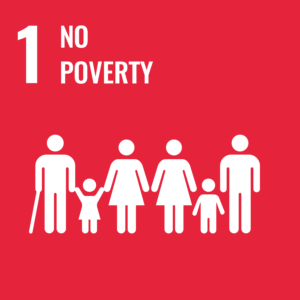
- Investment with Wildlife Conservation Society in the conservation of the Keo Seima forest in Cambodia:
- preserves forest that provides basic needs and cultural identity for more than 2,500 Bunong households,
- provides access to clean water for more than 4,000 people
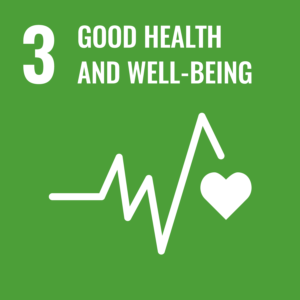
- In 2021, they joined a coalition of leading media companies and mental health experts in recognition of the powerful role storytelling can play in addressing mental health challenges
- Enhanced their Employee Assistance Program to include complimentary consultations with therapists and counselors,
- Trained their human resources staff on mental health topics.
- Offered digital well-being solutions through Talkpsace, Headspace, Unmind, and Grokker, as well as ongoing wellness initiatives, such as health coaching, fitness discounts, and exercise benefits
- They created educational and science-driven materials that addressed the facts, myths, and more about COVID-19 and the vaccines, which were collectively viewed more than 350,000 times by their employees from launch through the end of FY21
- Facilitated for employees to get vaccinated by offering on-site distribution centers in the U.S. in California, Florida, Connecticut, and France
- They have a longstanding commitment to ensuring they promote healthier foods and beverages to kids and families through their Healthy Living program, and supported by their Nutrition Guidelines policy
- Met Nutrition Guidelines in 2021, with 100% of food & beverage advertising on media platforms oriented to kids and families meeting Policy
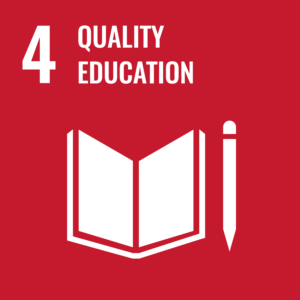
- In 2020-2021, with the support of Disney funding, FIRST provided STEM program access to more than 318,000 students worldwide, including more than 50,000 students from underrepresented communities in the U.S
- In FY21, they distributed more than 4.5 million books to children in need through their First Book donation program
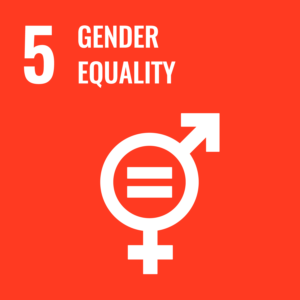
- For the sixth year, Disney hosted the Girls Who Code Summer Immersion Program in 2021
- In FY21, 50% of employees worldwide self-identified as women
- 46% of Employees Self-identify as people of color in the U.S.
- 50% of Employees Self-identify as women globally
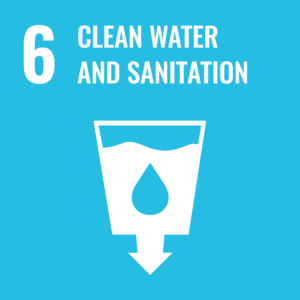
- The Disney Conservation Fund provided grant funding to watershed protection and restoration projects in Florida and Southern California in FY21
- They implemented site-specific water stewardship strategies at their high-impact sites
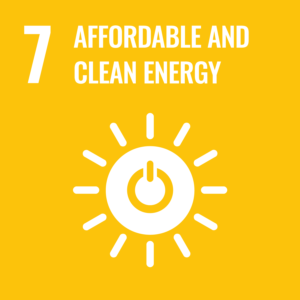
- They completed the installation of a solar array on Castaway Cay, which will power ~70% of the island
- Hong Kong Disneyland has installed more than 5,000 solar panels and is the single largest solar panel site in Hong Kong
- In Florida, Walt Disney World and Reedy Creek Improvement District began development of two new 75MW solar facilities, which are expected to come online in 2023
- For the past 15 years, Disney Parks have invested $24 million in energy efficiency projects calculated to reduce a cumulative 1.1 million MWh of energy use
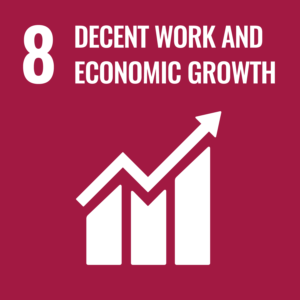
- Since 2012, their Supply Chain Investment Program (SCIP) has provided more than $23 million in financial and programmatic support to more than 40 unique programs driving innovation in addressing supply chain labour standards
- International Labor Standards (ILS) program informs Disney’s Standards of Business Conduct, Human Rights Policy, and Code of Conduct for Manufacturers, along with a range of other responsible business expectations, the United Nations’ Guiding Principles on Business, and Human Rights and the OECD’s Guidelines for Multinational Enterprises
- At the end of 2021, more than 12,500 employees were enrolled in Disney Aspire, a program providing financial support for education and personal development
- D Learn content was consumed nearly 1.5 million times by employees throughout the year. They introduced Flexibility @ Disney, a new way of working that introduces more permanent flexibility
- $23M+ in Support Provided through a Supply Chain Investment Program (SCIP) since 2012 to drive improvements in working conditions
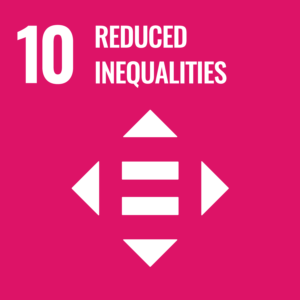
- 29,000+ passionate employees offer their time, expertise, and cultural insights through Business Employee Resource Groups
- More than $150 million in charitable giving contributed to programs serving underrepresented communities
- Approximately $450 million spent with certified diverse-owned Tier 1 vendors in FY21
- Launched the Reimagine Tomorrow digital destination and Diversity Dashboard
- Shanghai Disney Resort hosted an accessibility forum to share inclusion initiatives and career progression advice for people with disabilities
- Launched Disney on the Yard, a multifaceted initiative to deepen their relationships with HBCUs
- Continued to develop Inclusion Standards to increase inclusion of underrepresented groups on screen, in writing and directing jobs, and below the line
- Launched Onyx Collective, a new content brand on Hulu designed to curate a slate of premium entertainment by creators of color and underrepresented voices
- Founding sponsor of the groundbreaking industry incubator National Association of Latino Independent Producers, which addresses the underrepresentation of Latino creatives in the entertainment industry
- They are reimagining their products and attractions to be more inclusive, such as a new attraction based on The Princess and the Frog at Disneyland and adaptive, sensory-friendly costumes and wheelchair coverings
- 7 of 11 Board Directors Represent gender, racial, or ethnic diversity, including Chairman & committee chairs
- HBCU Engagement Deepened through Disney on the Yard launch
- Inclusion Standards Introduced to drive representation in front of and behind the camera
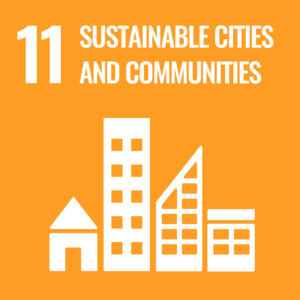
- Provided more than $290 million in cash and in-kind charitable contributions
- More than 340,000 hours of service were contributed by Disney VoluntEARS in FY21
- Contributed to disaster relief efforts by supporting the American Red Cross’ Annual Disaster Giving Program, UNICEF, and Good360
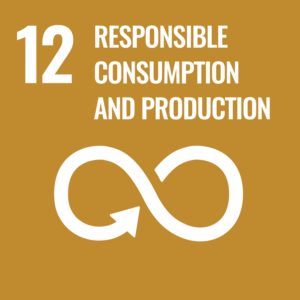
- Diverted 61%, or 80,000+ tons, of total Company operational waste from landfills and incinerators
- Established a new, rigorous set of internal Sustainable Design Standards
- Established a cross-functional consumer products working group to help their Global Product Creation team and external partners understand how they can minimise waste
- Launched new plastic-free packaging for their line of classic dolls
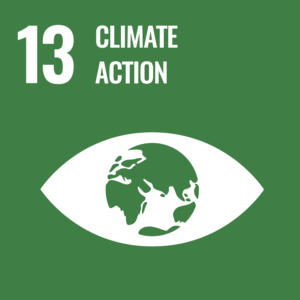
- Committed to achieving net zero emissions by 2030
- Participating in a low-carbon shipping pilot with Maersk ECO Delivery, as well as the Clean Cargo initiative
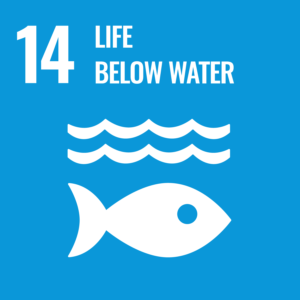
- Continued their 18+ year commitment to sea turtle conservation
- Achieved a 95% sustainable seafood sourcing rate within our U.S. Disney parks, resorts, and cruise line
- For nearly 15 years, their teams have been working to protect and restore the coral reefs outside Disney’s Castaway Cay in The Bahamas, with more than 2,000 corals planted

- Disney Conservation Fund (DCF) has invested more than $120 million in community-led conservation efforts spanning half the countries of the world since inception
- In FY21, DCF provided more than $6 million in grants, supporting 60 non-profit organizations working across 30 countries
- Hundreds of species and 315 million habitat acres have been protected since DCF’s inception
- In Brazil, Walt Disney Imagineers helped inspire designs for wildlife overpasses that connect forests and are critical for the survival of remaining golden lion tamarin monkeys
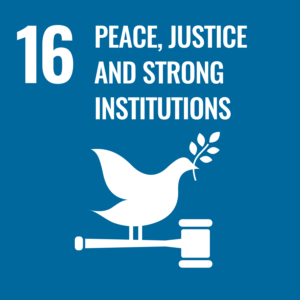
- They conduct their business in accordance with high standards of business ethics and comply with applicable laws, rules, and regulations
- Their Standards of Business Conduct applies to all employees and Disney’s Code of Conduct for Manufacturers sets forth requirements for manufacturers of their products with respect to labour standards and working conditions
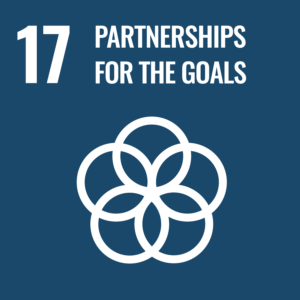
- They are a member of several trade organisations with which they engage to support social and environmental actions, such as Business for Social Responsibility and Ceres Corporate Network
Sustainability Certificates, Awards and Listings
